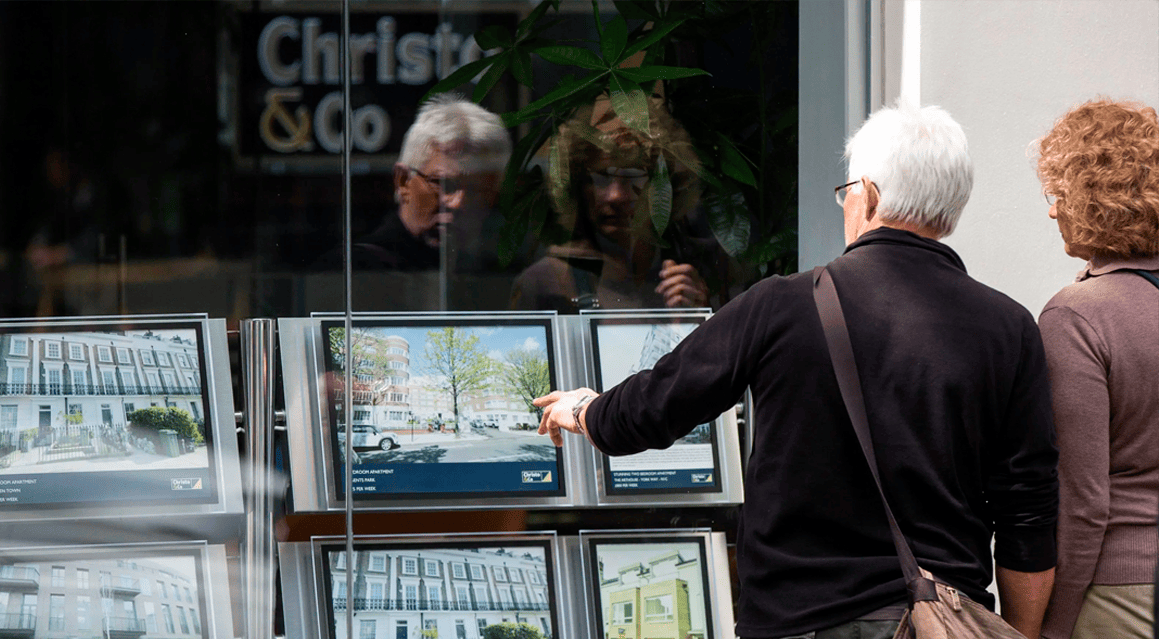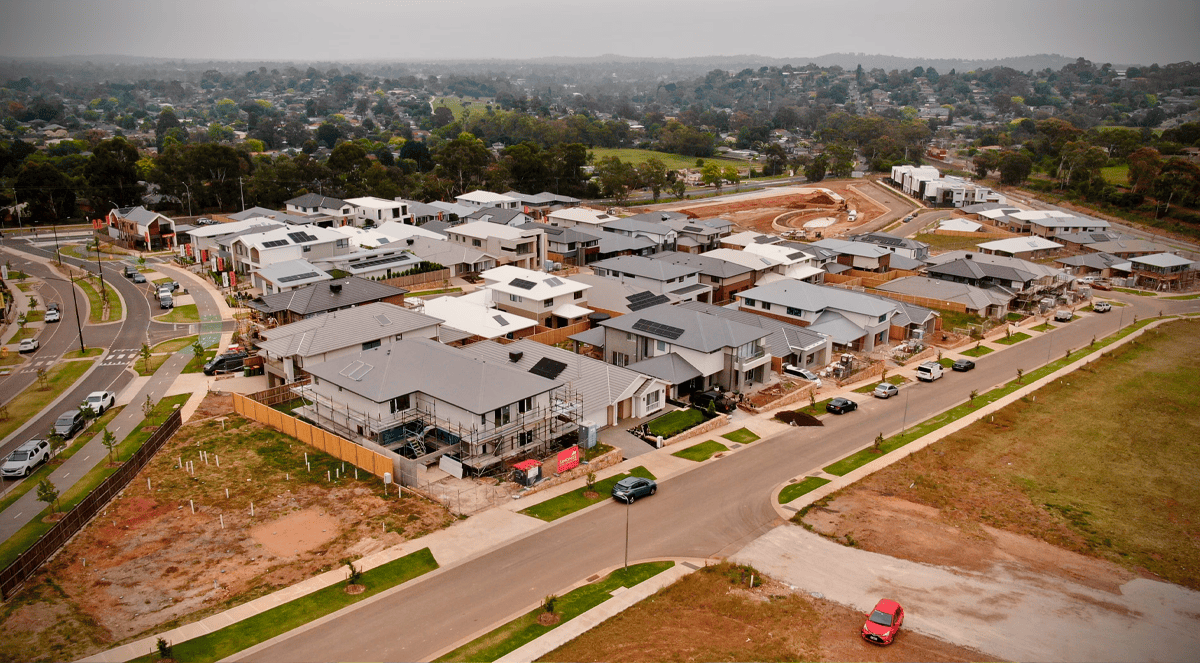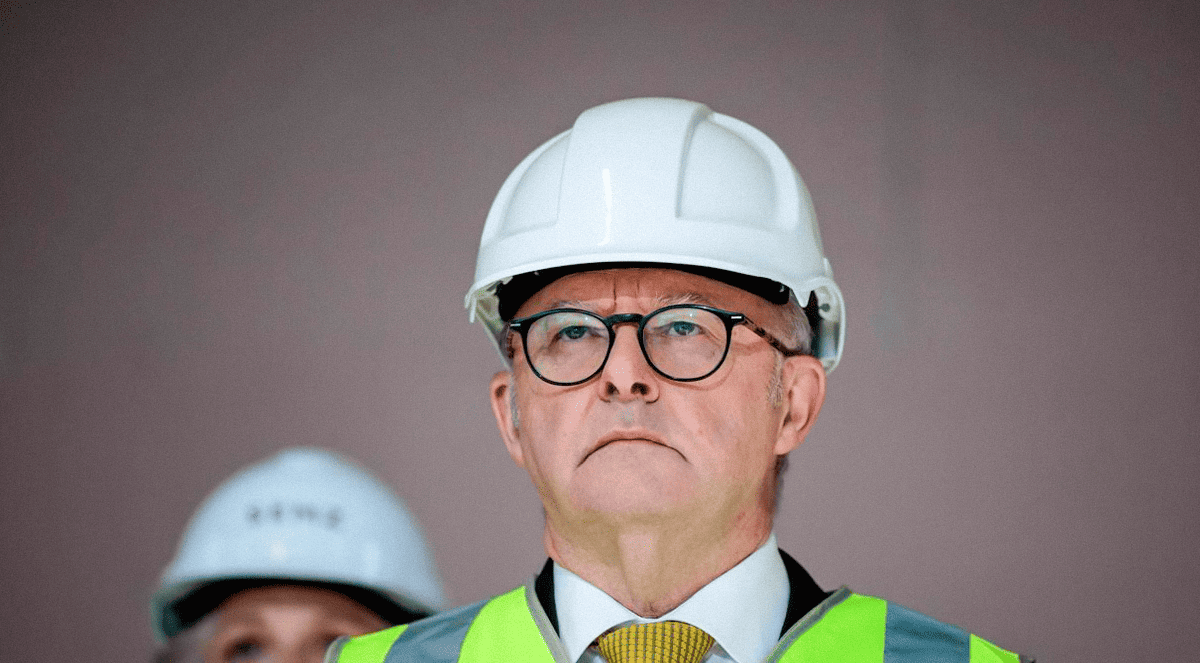Features > Property News & Insights > Market updates
How the 'Bank of Mum and Dad' is powering homeownership in 2025

Image from Getty
KEY POINTS
- In 2025, 75% of parents helping their children enter the property market no longer expect repayment, reflecting a generational shift toward gifting, rather than loans
- With house prices up over 51% since 2019, saving a deposit has become a major hurdle, prompting more parents to offer substantial financial help to their children
- Most parents use savings or income to help, with only a minority willing to make extreme sacrifices like downsizing their own homes to free up cash for their kids
For years, the so-called “Bank of Mum and Dad” has quietly been one of Australia’s largest informal financial institutions, helping young adults make the leap into property ownership.
However, a new survey shows this institution is undergoing a transformation - becoming less of a traditional-style bank and more of a gift shop.
To reflect this, financial comparison site Mozo has entitled its Bank of Mum and Dad 2025 report “The Gift of Mum and Dad: From Loans to Legacies”.
The details
Mozo says a significant generational shift is underway in Australia, with its survey showing 75% of parents who assist their children financially to enter the property market now do so without expecting repayment.
This is up from just 33% when a similar survey was conducted in 2021.
What was once a family loan is now more often a one-way financial gift.
Report authors Peter Terlato and Rachel Wastell clearly indicate that the soaring price of property has helped change attitudes.
They point out that since March 2019, Australian house prices have jumped by over 51%, rising from $646,000 to $976,800 by the end of 2024.
“For first-home buyers, that surge means that a 20% home loan deposit (the amount required to avoid paying Lenders Mortgage Insurance) has jumped from $129,200 to $195,360 - an increase of $66,160 - in just five years,” they say.
“For many first-home buyers, saving a deposit is now the biggest financial hurdle, and so parents are stepping up, offering financial support to help children achieve this monumental savings task.”
Gifts, not loans
Mozo’s data shows that nearly half (49%) of parents giving financial support say they do not expect to be repaid.
An additional 26% explicitly state that the funds are a gift.
That brings the total portion of parents offering non-repayable assistance to their children to 75%.
The speed and scale of this shift points to a broader societal trend: many parents now view homeownership as so unattainable without help that giving, not lending, money is the only meaningful way they can assist their children become homeowners.
Interestingly, 88% of parents gifting money to children for property said they expected nothing in return.
How parents are helping
When it comes to how parents are helping their children financially, around 20% say they have contributed funds so their children could put together a deposit on a home, while 23% of parents allow their adult children to live at home rent-free while they save for their own property.
That generosity carries a large price tag.
The average deposit gift in 2025 sits at $74,040, up more than $4,000 since 2021, while the cost of hosting adult children at home averages $6,200 annually, covering food, utilities, and other shared expenses.
Only 5% of parents say they help with ongoing mortgage repayments, and just 3% have bought a property for their child outright.
Strategies such as going guarantor for children or co-buying properties with them are falling out of favour.
Despite the growing financial burden, most parents aren’t complaining.
The vast majority (68%) say they don’t feel pressured to provide financial assistance.
Instead, many seem to be motivated by a mix of love and pragmatism: they want their children to enjoy the same homeownership security they had, even if the path is harder today.
“While the concept of parental financial assistance isn’t new,” Mozo’s Peter Terlato and Rachel Wastell say, “the increasing willingness of parents to provide money as a gift rather than a loan is, and signals a growing generational divide.
“In fact, more than half (55%) of parents in 2025 said they never received similar financial help from their own families when they were younger.”
To fund this generosity, more than half (54%) of parents in 2025 helping their children with property purchases have tapped into savings.
About 29% were funding gifts using current income, while 19% say they’ve cut back on expenses to help their children.
Still, there are limits.
While parents were prepared to pare back discretionary spending, most draw the line at larger sacrifices like selling the family home.
Only 23% say they would consider downsizing to help their children, down sharply from 45% in 2021.
For families with multiple children, fairness remains a top concern.
83% of parents who provide support say they strive to treat all children equally, regardless of geography or circumstance.
However, 29% admit they weigh how helping one child might affect their ability to support others, especially in an era where large gifts are becoming the norm.
Despite parental gifting, home ownership remains out of reach for many
This surge in parental gifting underscores the broader challenges facing first-home buyers in Australia.
Under current lending rules, a single-income buyer would need to earn at least $149,000 per year to afford average mortgage repayments on a $976,800 home - figures that put homeownership out of reach for many Australians, even those earning above the median income.
While parents are filling the gap now, this trend raises deeper questions: What happens to young Australians without access to parental wealth?
And how sustainable is a system that increasingly relies on intergenerational support to bridge the affordability divide?
Stay Up to Date
with the Latest Australian Property News, Insights & Education.




.png?width=292&height=292&name=Copy%20Link%20(1).png)
 SIGN UP FOR FREE NEWSLETTER
SIGN UP FOR FREE NEWSLETTER





.jpg?width=1920&height=1080&name=Warning%2c%20You%20Might%20Be%20Facing%20Higher%20Taxes%20Soon%20(1).jpg)





.png?width=1920&height=1080&name=Rate%20Drops%20Signal%20BIGGEST%20Property%20Boom%20in%20DECADES%20(1).png)

.jpg?width=1920&height=1080&name=Labor%20vs%20Liberal%20These%20Housing%20Policies%20Could%20Change%20the%20Property%20Market%20Forever%20(1).jpg)
.jpg?width=1920&height=1080&name=QLD%20Slashes%20Stamp%20Duty%20Big%20News%20for%20Investors%20%26%20Home%20Buyers%20(1).jpg)
.jpg?width=1920&height=1080&name=Trump%20Just%20Slapped%20Tariffs%20%E2%80%93%20Here%E2%80%99s%20What%20It%20Means%20for%20Australia%20(1).jpg)
.jpg?width=1920&height=1080&name=Federal%20Budget%202025%20More%20Debt%2c%20No%20Housing%20%E2%80%93%20Here%E2%80%99s%20What%20You%20Need%20to%20Know%20(1).jpg)
.jpg?width=1920&height=1080&name=Australias%20Housing%20Crisis%20is%20about%20to%20get%20MUCH%20Worse%20(New%20Data%20Warns).jpg)
%20(1).jpg?width=1920&height=1080&name=Australias%20RENTAL%20CRISIS%20Hits%20ROCK%20BOTTOM!%20(2025%20Update)%20(1).jpg)
%20(1).png?width=1920&height=1080&name=Is%20Adelaide%20Still%20a%20Good%20Property%20Investment%20(2025%20UPDATE)%20(1).png)
.jpg?width=1920&height=1080&name=RBA%20Shocks%20with%20Rate%20Cuts!%20What%E2%80%99s%20Next%20for%20Property%20Investors%20(1).jpg)
%20(1).jpg?width=1920&height=1080&name=I%20Predict%20The%20Feb%20Rate%20Cut%20(My%20Price%20Growth%20Prediction)%20(1).jpg)
.png?width=1920&height=1080&name=Why%20Property%20Prices%20Will%20Rise%20in%202025%20Market%20Predictions%20(1).png)
.jpg?width=1920&height=1080&name=Why%20Investors%20Are%20Choosing%20Apartments%20Over%20Houses%202%20(1).jpg)
.jpg?width=1920&height=1080&name=Why%20Rate%20Cuts%20Will%20Trigger%20A%20Property%20Boom%20(1).jpg)
.jpg?width=1920&height=1080&name=Retire%20On%202Million%20With%20One%20Property%20(Using%20SMSF).jpg)
.jpg?width=1920&height=1080&name=4%20Reasons%20Why%20You%20Should%20Invest%20in%20Melbourne%20Now%20(1).jpg)
%20(1).jpg?width=1920&height=1080&name=Old%20Property%20vs%20New%20Property%20(Facts%20and%20Figures%20Revealed)%20(1).jpg)
%20(1).jpg?width=1920&height=1080&name=Will%20The%20New%20QLD%20Govt%20Create%20a%20Property%20Boom%20or%20Bust%20(My%20Prediction)%20(1).jpg)
%20Scott%20Kuru%20(1).jpg?width=1920&height=1080&name=Inflation%20Hits%20Three-Year%20Low%20(Will%20RBA%20Cut%20Rates%20Soon)%20Scott%20Kuru%20(1).jpg)
.jpg?width=1920&height=1080&name=How%20to%20Buy%20Investment%20Property%20Through%20SMSF_%20The%20Ultimate%20Guide%20(1).jpg)
.jpg?width=1920&height=1080&name=Victoria%20Slashes%20Stamp%20Duty%20Melbourne%20Set%20to%20Boom%20Scott%20Kuru%20(1).jpg)
.png?width=1571&height=861&name=Are%20Foreign%20Buyers%20Really%20Driving%20Up%20Australian%20Property%20Prices%20(1).png)
.jpg?width=1920&height=1080&name=The%20Single%20Factor%20That%20Predicts%20Property%20Growth%20Regions%20(1).jpg)
%20Scott%20Kuru%20(1).jpg?width=1920&height=1080&name=My%20Prediction%20On%20Rates%20%26%20Negative%20Gearing%20(Market%20Crash)%20Scott%20Kuru%20(1).jpg)

-1.png?width=1920&height=1080&name=Major%20Banks%20Cut%20Rates%20Will%20RBA%20Follow%20Suit%20(Sept%20Rate%20Update)-1.png)
%20Scott%20Kuru-1.png?width=1920&height=1080&name=Rate%20Cut%20Coming%20What%20New%20Zealands%20Move%20Means%20for%20Australia%20(Sept%20Prediction)%20Scott%20Kuru-1.png)
%20(1).jpg?width=1920&height=1080&name=Buy%20when%20the%20interest%20rates%20are%20high!%20(Why%20you%20must%20buy%20now!)%20(1).jpg)
.jpg?width=1920&height=1080&name=Carms_Revised%20Taxes%20Due%20Aug%209%20YT%20Thumbnail02%20(1).jpg)
.jpg?width=1920&height=1080&name=Carms_Too%20Little%20Too%20Late%20Aug%207%20YT%20Thumbnail01%20(1).jpg)









.jpg?width=1920&height=1080&name=Carms_Rate%20Drop%20In%20July%20Jun%2010%20YT%20Thumbnail02%20(1).jpg)
.jpg?width=1920&height=1080&name=Carms_Own%20a%20Property%20V6%20Jun%205_YT%20Thumbnail%20(1).jpg)









.png?width=1920&height=1080&name=Artboard%201%20(3).png)






.jpg?width=1920&height=1080&name=YT%20thumbnail%20%20(1).jpg)

